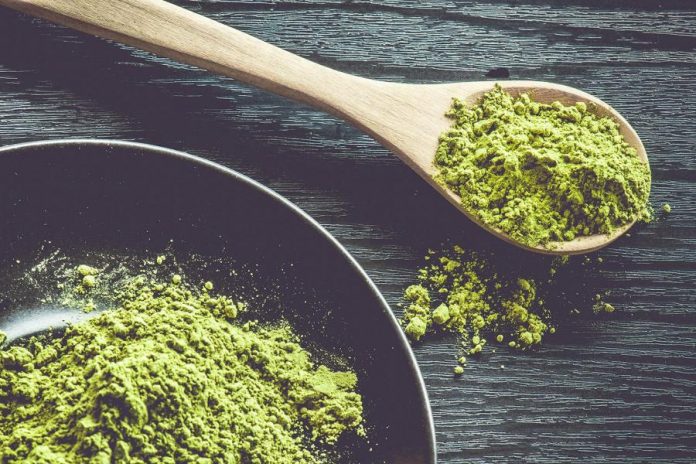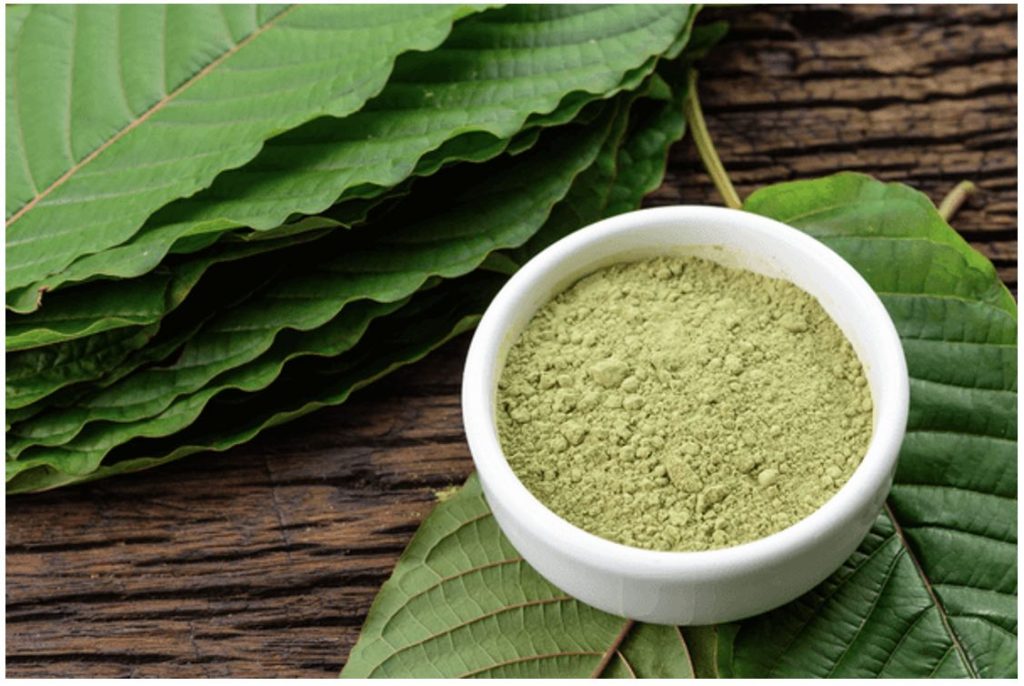Kratom, a tropical plant indigenous to Southeast Asia, has long been celebrated in traditional medicine for its diverse therapeutic benefits. Traditionally, the leaves of the kratom plant Mitragyna speciosa were utilized in various cultures, particularly in countries like Thailand, Malaysia, and Indonesia. These societies valued kratom for its stimulant properties, often using it to enhance endurance and alleviate fatigue during laborious tasks. The traditional use of kratom involved chewing fresh leaves or brewing them into tea, practices deeply embedded in local customs and rituals. The evolution of kratom strains has significantly shaped modern preferences and uses, marking a notable shift from historical practices to contemporary applications. Originally, kratom strains were categorized primarily by their geographical origin and subtle variations in chemical composition. For instance, Thai kratom, often known for its stimulating effects, was traditionally used to boost energy and focus, whereas Malaysian kratom was appreciated for its relaxing and sedative properties.

As the global interest in kratom has surged, so too has the complexity of kratom strains. Modern kratom strains are now distinguished not only by their geographical origins but also by their specific alkaloid profiles. The two primary alkaloids in kratom, mitragynine and 7-hydroxymitragynine, vary in concentration across different strains, leading to a broader spectrum of effects. This has led to the development of several distinct strains, buy green borneo kratom each tailored to meet various needs and preferences. Among the most popular modern strains are the Red, Green, and White vein kratom strains. Red vein kratom, known for its high content of 7-hydroxymitragynine, is often sought for its sedative and pain-relieving properties. It is favored by individuals seeking relief from chronic pain or insomnia. Green vein kratom strikes a balance between stimulation and relaxation, making it a versatile choice for those looking for a moderate boost in energy coupled with a sense of well-being.
White vein kratom, on the other hand, is renowned for its energizing effects and is often used to enhance focus and productivity. The commercialization of kratom has also introduced a range of hybrid strains, which combine characteristics of different vein types to cater to specific needs. These hybrids offer tailored effects, such as enhanced mood or improved cognitive function, reflecting the sophisticated blending of kratom’s natural properties. Furthermore, modern preferences have driven the development of various kratom products beyond traditional leaves. Capsules, powders, extracts, and tinctures have become popular, offering convenience and precision in dosing. This innovation has broadened the appeal of kratom, making it accessible to a wider audience and integrating it into diverse wellness routines.

 One of the standout features of personalized IPTV is its ability to offer a highly customizable channel lineup. Instead of being limited to a fixed set of channels, you can select and pay for only the ones that matter to you. This level of customization not only ensures that you get the most value for your money but also eliminates the frustration of paying for channels you never watch. Moreover, personalized IPTV platforms often come with advanced recommendation algorithms that analyze your viewing history and preferences to suggest content that aligns with your tastes. This means that whether you are in the mood for a classic film, the latest blockbuster, or an obscure documentary,
One of the standout features of personalized IPTV is its ability to offer a highly customizable channel lineup. Instead of being limited to a fixed set of channels, you can select and pay for only the ones that matter to you. This level of customization not only ensures that you get the most value for your money but also eliminates the frustration of paying for channels you never watch. Moreover, personalized IPTV platforms often come with advanced recommendation algorithms that analyze your viewing history and preferences to suggest content that aligns with your tastes. This means that whether you are in the mood for a classic film, the latest blockbuster, or an obscure documentary, 